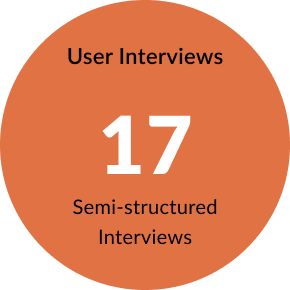Exploring the problem
“How might we support meaningful communications between astronauts on Mars and their loved ones on Earth?”
To first understand our problem space, we decided to focus on a few foundational questions to get a better grasp of the ambiquity of our problem.
1. What are communication blackouts and how frequent are they?

2. Who are the people on Earth that astronauts communicate with?

3. What makes communication meaningful?
These foundational questions evolved over time as we start to better understand this problem space through our research.
Starting out, we were unfamiliar with the space but knew that there were a lot of existing resources in the area. We looked at a lot of articles and books to get ourselves acquinted with the topic of space. Our clients provided us with a couple initial readings like “Psycology of Astronauts” by Douglas A. Vakoch and “Humans in Space” by Nick Kanas. As we learned more about new topics and information through interviews, we constantly looked into more articles for more details. In total, we have read over 60 peer-reviewed articles along with 4 books.
Our goal was to explore participants’ thoughts, feelings, and methods of communicating about maintaining relationships between ground and space, factors of meaningful communication, and limitations that will be unique to Mars. We conducted 17 semi-structured interviews with directed storytelling with NASA SMEs, astronauts and their family members, and analogous populations to develop a comprehensive understanding of the problem space. For two of these interviews, we also conducted a collaborative storyboarding exercise.

Through our interviews, we learned the need to balance being too friendly to the point that it biases your participant, but warm enough that you get honest responses.
In order to understand the day-to-day interactions service members have with people of importance in their lives, we conducted a 2-week long diary study. We chose service members as our target audience because their experiences and conditions are analogous to those of astronauts in space. To find our participants, we leveraged our own networks and screened the applicants.
RESEARCH GOALS
PROCESS
FACTORS STUDIED
At the end of activity, we had a participatory design activity with all of our participants, as shown below. We also created graphs with the quantitative data to analyze potential trends.
After 12 weeks of research, we have completed a total of:



Our next step in the process is synthesizing all this information to create models and find clear insights.